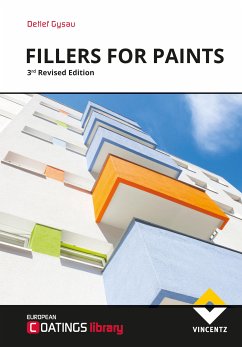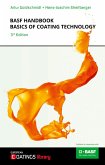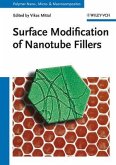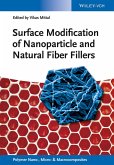The Mission: Everything about modern fillers in a single book. Explained clearly and simply, without sacrificing scientific expertise or attention to detail, this book enables the reader to speedily gain a comprehensive overview of the working mechanisms and possible application areas of the most common fillers, including nanoscale types. Indispensable for expert formulators and those with aspirations in that direction. The Audience: Newcomers to the field and students looking for a comprehensive overview, as well as experienced developers seeking practical details which they can immediately implement in their daily formulations. For those who want to acquire an extensive knowledge of fillers that they can use effectively in their formulations. The Value: Not simply a textbook for beginners, but also an invaluable, practical reference work for the experienced expert. The subject matter is clearly organized and structured for quick and easy access to all relevant information. A special plus is the large number of figures and tables for illustrating the properties and applications of the fillers.
Dieser Download kann aus rechtlichen Gründen nur mit Rechnungsadresse in A, B, BG, CY, CZ, D, DK, EW, E, FIN, F, GR, H, IRL, I, LT, L, LR, M, NL, PL, P, R, S, SLO, SK ausgeliefert werden.









